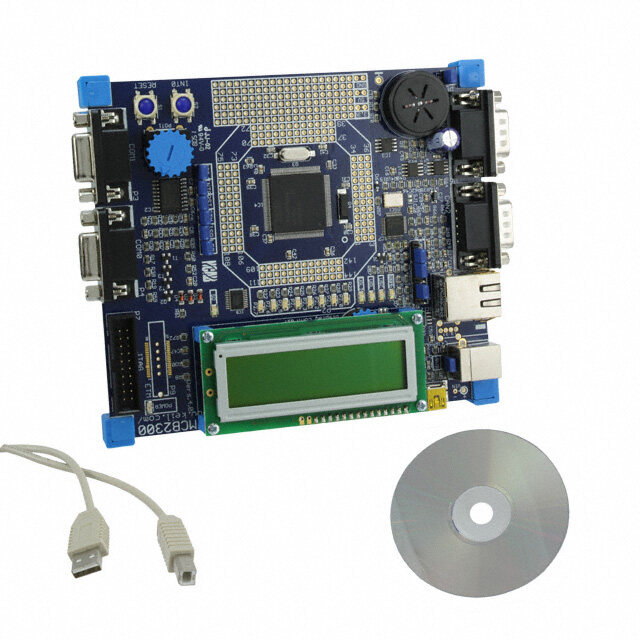ICGOO在线商城 > 开发板,套件,编程器 > 评估板 - 嵌入式 - MCU,DSP > AT32UC3A3-XPLD
- 型号: AT32UC3A3-XPLD
- 制造商: Atmel
- 库位|库存: xxxx|xxxx
- 要求:
| 数量阶梯 | 香港交货 | 国内含税 |
| +xxxx | $xxxx | ¥xxxx |
查看当月历史价格
查看今年历史价格
AT32UC3A3-XPLD产品简介:
ICGOO电子元器件商城为您提供AT32UC3A3-XPLD由Atmel设计生产,在icgoo商城现货销售,并且可以通过原厂、代理商等渠道进行代购。 AT32UC3A3-XPLD价格参考。AtmelAT32UC3A3-XPLD封装/规格:评估板 - 嵌入式 - MCU,DSP, AT32UC3A3 UC3-A3 Xplained AVR®32 AVR MCU 32-Bit Embedded Evaluation Board。您可以下载AT32UC3A3-XPLD参考资料、Datasheet数据手册功能说明书,资料中有AT32UC3A3-XPLD 详细功能的应用电路图电压和使用方法及教程。
| 参数 | 数值 |
| 产品目录 | 编程器,开发系统嵌入式解决方案 |
| 描述 | KIT DEV/EVAL FOR AT32UC3A3开发板和工具包 - AVR UC3 A3 Xplained Eval Kit |
| 产品分类 | 评估板 - 嵌入式 - MCU, DSP工程工具 |
| 品牌 | Atmel |
| 产品手册 | |
| 产品图片 |
|
| rohs | 符合RoHS无铅 / 符合限制有害物质指令(RoHS)规范要求 |
| 产品系列 | 嵌入式开发工具,嵌入式处理器开发套件,开发板和工具包 - AVR,Atmel AT32UC3A3-XPLDAVR®32 |
| 数据手册 | |
| 产品型号 | AT32UC3A3-XPLD |
| 产品 | Evaluation Kits |
| 产品培训模块 | http://www.digikey.cn/PTM/IndividualPTM.page?site=cn&lang=zhs&ptm=25676http://www.digikey.cn/PTM/IndividualPTM.page?site=cn&lang=zhs&ptm=25580 |
| 产品种类 | 开发板和工具包 - AVR |
| 其它名称 | AT32UC3A3XPLD |
| 内容 | 板 |
| 商标 | Atmel |
| 商标名 | UC3 |
| 安装类型 | 固定 |
| 工作电源电压 | 5 V |
| 工具用于评估 | AT32UC3A3256 |
| 工厂包装数量 | 1 |
| 平台 | UC3-A3 Xplained |
| 接口类型 | USB |
| 操作系统 | - |
| 数据总线宽度 | 32 bit |
| 板类型 | 评估平台 |
| 标准包装 | 1 |
| 核心 | AVR |
| 核心处理器 | AVR |
| 类型 | MCU 32-位 |
| 系列 | UC3 A3/A4 |
| 配套使用产品/相关产品 | AT32UC3A3 |

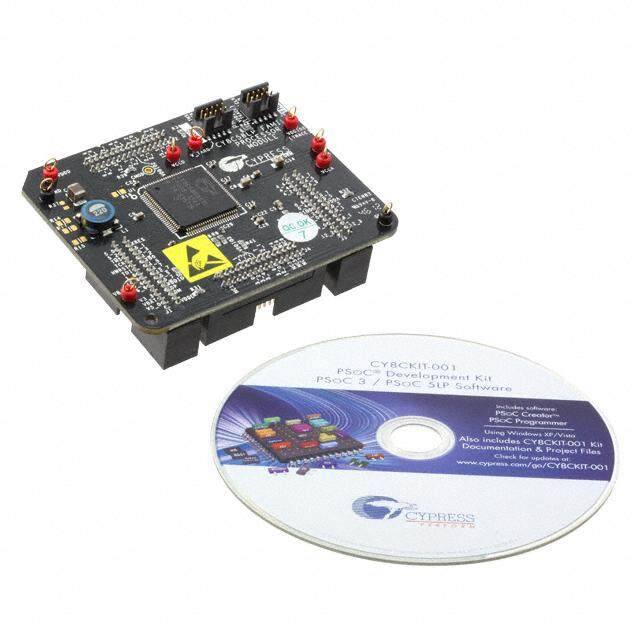
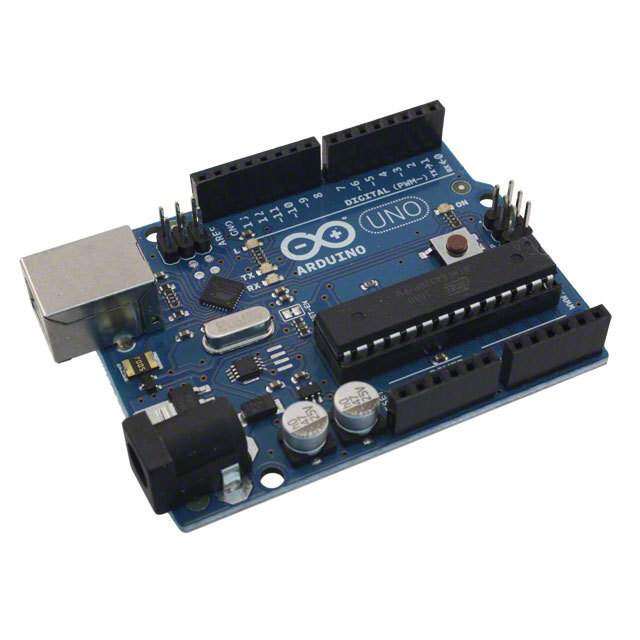
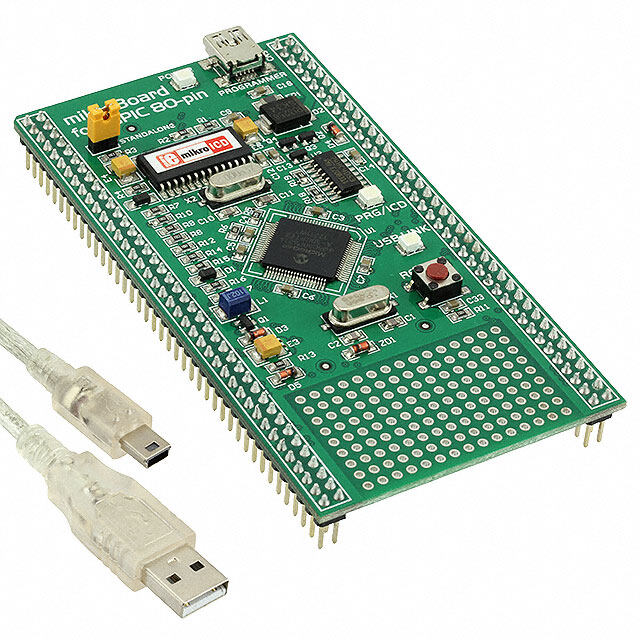

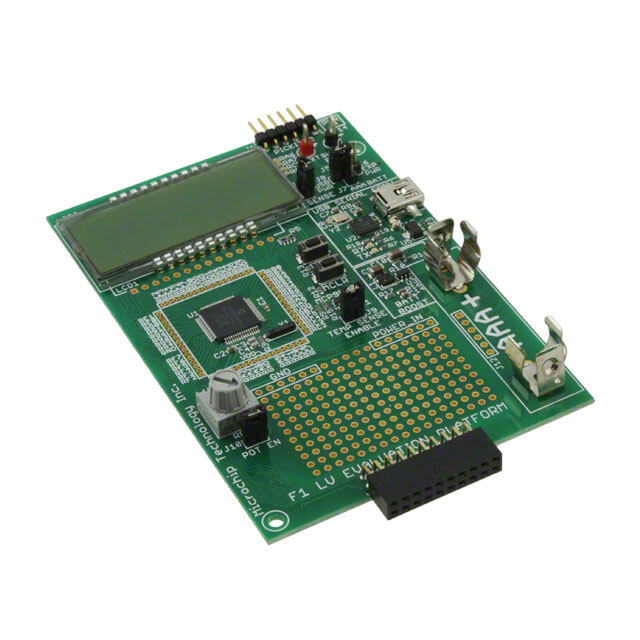
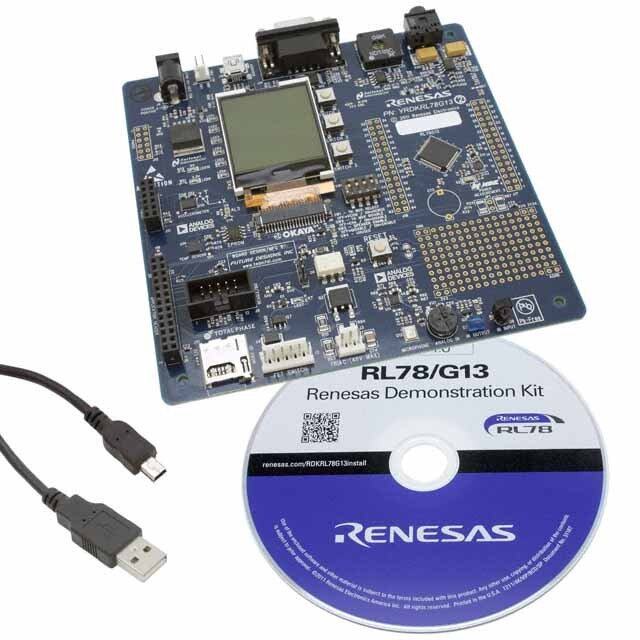
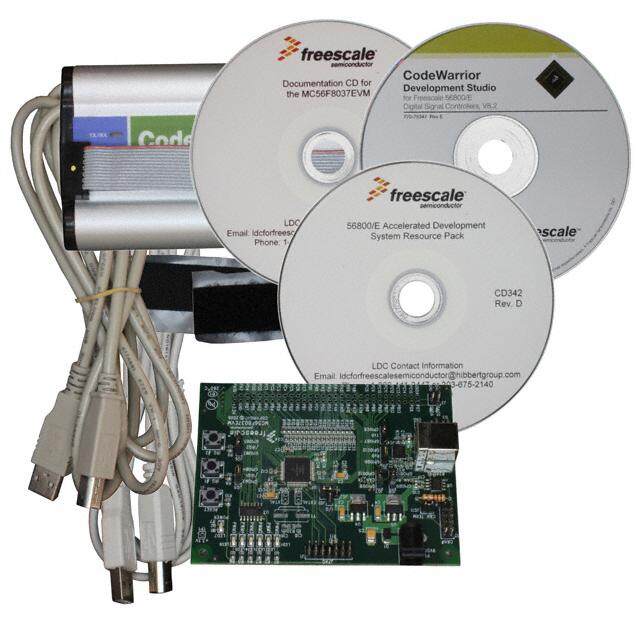

- 商务部:美国ITC正式对集成电路等产品启动337调查
- 曝三星4nm工艺存在良率问题 高通将骁龙8 Gen1或转产台积电
- 太阳诱电将投资9.5亿元在常州建新厂生产MLCC 预计2023年完工
- 英特尔发布欧洲新工厂建设计划 深化IDM 2.0 战略
- 台积电先进制程称霸业界 有大客户加持明年业绩稳了
- 达到5530亿美元!SIA预计今年全球半导体销售额将创下新高
- 英特尔拟将自动驾驶子公司Mobileye上市 估值或超500亿美元
- 三星加码芯片和SET,合并消费电子和移动部门,撤换高东真等 CEO
- 三星电子宣布重大人事变动 还合并消费电子和移动部门
- 海关总署:前11个月进口集成电路产品价值2.52万亿元 增长14.8%
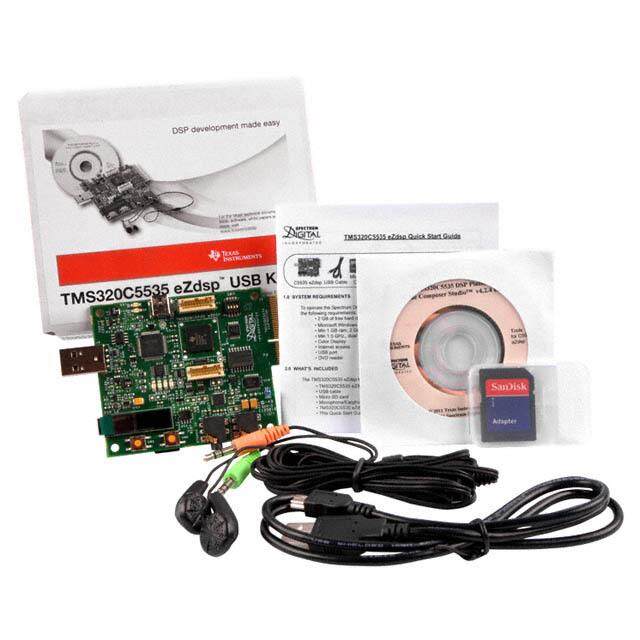
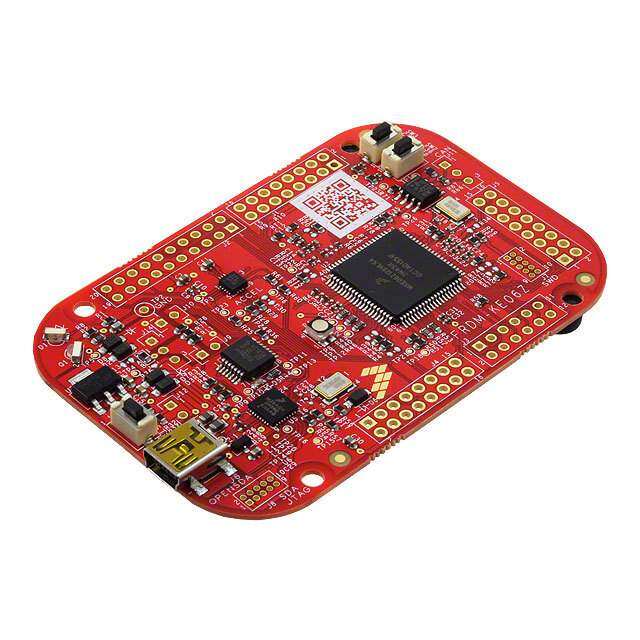
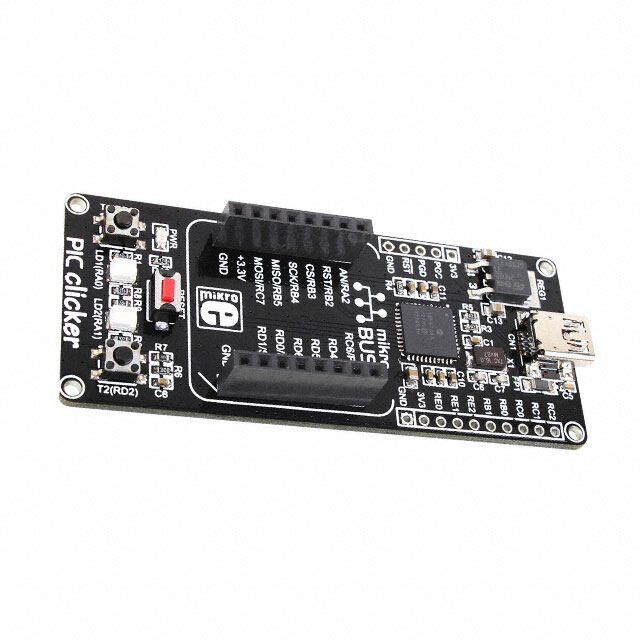

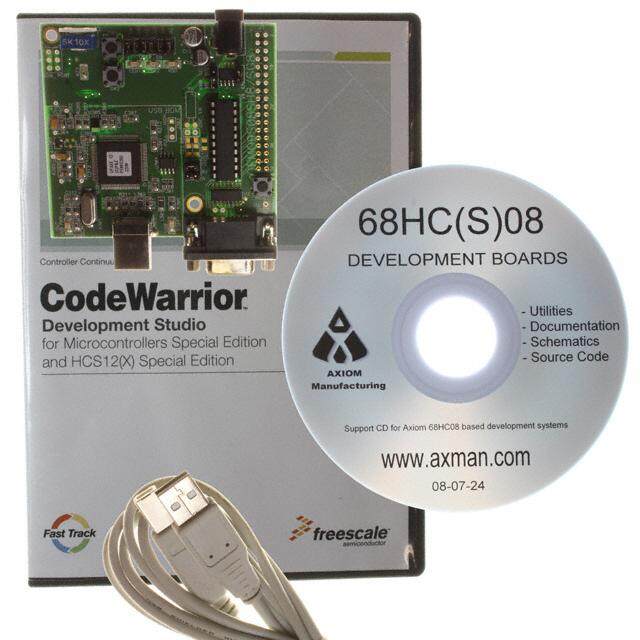
PDF Datasheet 数据手册内容提取
APPLICATION NOTE Atmel AVR32918: UC3-A3 Xplained Hardware User’s Guide 32-bit Atmel Mincrocontrollers Features • Atmel® AT32UC3A3256 microcontroller • 64MBit SDRAM • Analog input (to ADC) • Temperature sensor • RC filter • I/O • One mechanical button • Four LEDs • Four expansion headers • Footprints for external memory • Atmel AT45DB series DataFlash® serial flash • Atmel AT25DF series industry standard serial flash • Touch • One Atmel QTouch® slider • One Atmel QTouch button Introduction The Atmel UC3-A3 Xplained evaluation kit is a hardware platform to evaluate the Atmel AT32UC3A3256 microcontroller. The kit offers a large range of features that enables the Atmel AVR® UC3 user to get started using UC3 peripherals right away and understand how to integrate the UC3 device in their own design. Figure 1. UC3-A3 XPLAINED evaluation kit. 32159C−AVR−07/2012
Table of Contents 1. Related items ....................................................................................... 3 2. General information ............................................................................. 3 2.1 Preprogrammed firmware ................................................................................. 4 2.2 Power supply..................................................................................................... 4 2.3 Measuring the AT32UC3A3256 power consumption ........................................ 4 2.4 Programming the kit .......................................................................................... 5 3. Connectors ........................................................................................... 5 3.1 Programming header ........................................................................................ 5 3.2 I/O expansion headers ...................................................................................... 5 4. Memories ............................................................................................. 7 5. Miscellaneous I/O ................................................................................ 7 5.1 Mechanical button ............................................................................................. 7 5.2 LEDs .. ............................................................................................................... 7 5.3 Analog I/O ......................................................................................................... 8 5.4 Touch .. ............................................................................................................. 8 6. Included code example ........................................................................ 8 6.1 Compiling and running ...................................................................................... 8 7. Revision history .................................................................................... 8 7.1 Revision 10 ....................................................................................................... 9 7.1.1 Known issues ...................................................................................... 9 7.1.1.1 Swapped TWI SCL and TWI SDA on header J4 ............... 9 8. EVALUATION BOARD/KIT IMPORTANT NOTICE ............................. 9 Atmel AVR32918: UC3-A3 Xplained Hardware User’s Guide [APPLICATION NOTE] 2 32159C−AVR−07/2012
1. Related items Atmel Xplained products Xplained is a series of small-sized and easy-to-use evaluation kits for 8- and 32-bit AVR microcontrollers. It consists of a series of low cost MCU boards for evaluation and demonstration of feature and capabilities of different MCU families. Atmel Studio® Atmel Studio is a free IDE for development of C/C++ and assembler code for Atmel microcontrollers. Atmel FLIP (Flexible In-system Programmer) BatchISP (FLIP) is a command line tool for programming the flash and EEPROM memories of the AVR and is part of the FLIP installation. It can be used to communicate with the preprogrammed USB DFU boot loader. Atmel JTAGICE 3 JTAGICE 3 is a mid-range development tool for Atmel 8- and 32-bit AVR microcontrollers with on-chip debugging for source level symbolic debugging, NanoTrace (if supported by the device) and device programming. Atmel AVR ONE! AVR ONE! is a professional development tool for all Atmel 8- and 32-bit AVR devices with on-chip debug capability. It is used for source level symbolic debugging, program trace, and device programming. The AVR ONE! supports the complete development cycle and is the fastest debugging tool offered from Atmel. Atmel Software Framework (ASF) The Atmel® Software Framework (ASF) is a collection of embedded software for Atmel flash MCU. Atmel AVR32930: UC3-A3 Xplained Getting Started Guide Atmel AVR32930: UC3-A3 Xplained Getting Started Guide source code UC3-A3 Xplained design documentation (schematics, BOM …) 2. General information The Atmel UC3-A3 Xplained kit is intended to demonstrate the Atmel AT32UC3A3256 microcontroller. Figure 2-1 shows the available feature on the board. Figure 2-1. Overview of the UC3-A3 Xplained kit. Atmel AVR32918: UC3-A3 Xplained Hardware User’s Guide [APPLICATION NOTE] 3 32159C−AVR−07/2012
Figure 2-2. Functional overview of the Atmel UC3-A3 Xplained kit. 2.1 Preprogrammed firmware The Atmel AT32UC3A3256 on the Atmel UC3-A3 Xplained kit is preprogrammed with a USB bootloader and a default firmware. The preprogrammed firmware in the AT32UC3A3256 is a simple demonstration of the QTouch button and QTouch slider. 2.2 Power supply The kit needs an external power supply that can deliver 5V and up to 500mA. The actual current requirement for the board is much less than 500mA but in order to be able to power possible expansion boards this margin is needed. The power can be applied to the board either via the USB connector or on pin 10 on the header J3. The USB connector is the preferred input because then it is possible to connect expansion boards on top of the J3 header. The 5V is regulated down to 3.3V with an on board LDO regulator, which provides power to the entire board. Expansion top boards that require 5V will get this from the header J3 pin 10. 2.3 Measuring the AT32UC3A3256 power consumption As part of an evaluation of the AT32UC3A3256, it can be of interest to measure its power consumption. The two-pin header with a jumper mounted on it is the only connection between the common power plane VCC_P3V3 and the VCC_MCU_P3V3 power plane. By replacing the jumper with an amperemeter it is possible to determine the current consumption of the Atmel AT32UC3A3256. To locate the power measurement header, please refer to Figure 2-1. Warning: Do not power the board without having the jumper or an amperemeter mounted. Otherwise, the device may be damaged. Atmel AVR32918: UC3-A3 Xplained Hardware User’s Guide [APPLICATION NOTE] 4 32159C−AVR−07/2012
2.4 Programming the kit The kit can be programmed either from an external programming tool or through a USB bootloader which is pre- programmed on the device. The bootloader is evoked by pushing the push button (SW0) during power-on. I.e. push button and then connect an USB cable to the kit. Programming can be performed through the DFU target (bootloader programmer target) with FLIP. How a programmer can be connected to the kit is described in Section 3.1. 3. Connectors The Atmel UC3-A3 Xplained kit has five 10-pin, 100mil headers. Two headers have a fixed communication interface (J1 and J4). One header has analog functionality (J2), and the last header (J3) has general purpose digital I/O. The 90° angled header is the JTAG programming and debugging header for the AT32UC3A3256. For the location of the respective headers, refer to Figure 2-1. 3.1 Programming header The AT32UC3A3256 can be programmed and debugged by connecting an external programming/debugging tool to the JTAG header. The header has a standard JTAG programmer pinout (refer to online help in Atmel Studio), and tools such as JTAGICE3 or AVR ONE! can thus be connected directly to the header. Note: The grey female 10-pin header on JTAGICE mkII has to be used when connecting to the kit. A scoring in the board is made to fit the orientation tab on the header. Note: A standoff adapter (no. 1) is needed when using AVR ONE!. Note: Pin 1 on the JTAG header is at the top right corner and is marked with a square pad. Table 3-1. UC3 programming and debugging interface - JTAG. Pin JTAG (1) 1 TCK 2 GND 3 TDO 4 VCC 5 TMS 6 nSRST 7 - 8 - 9 TDI 10 GND Note: 1. Standard pinout for JTAGICE3 and other Atmel programming tools. 3.2 I/O expansion headers There are four available I/O expansion headers on the kit. Some pins have shared functionality with onboard functionality. If “clean” expansion ports are needed, there are available cut-straps on some of the ADC inputs to remove onboard functionality. Table 3-2 to Table 3-5 show what is shared on the header pins. Atmel AVR32918: UC3-A3 Xplained Hardware User’s Guide [APPLICATION NOTE] 5 32159C−AVR−07/2012
Table 3-2. UC3 I/O expansion header – J1. Pin J1 UC3 pin Shared with onboard functionality 1 TWI0 SDA PA25 - 2 TWI0 SCL PA26 - 3 USART3 RXD PX57 - 4 USART3 TXD PX58 - 5 SPI1 CS0 PB09 - 6 SPI1 MOSI PB10 - 7 SPI1 MISO PB08 - 8 SPI1 SCK PB07 - 9 GND - - 10 VCC_P3V3 - - Table 3-3. UC3 I/O expansion header – J2. Pin J2 UC3 pin Shared with onboard functionality 1 ADC0 (1) PA21 RC filter output 2 ADC1 (1) PA22 NTC 3 ADC2 PA23 - 4 ADC3 PA24 - 5 ADC4 PA20 - 6 ADC5 PA19 - 7 ADC6 PA18 - 8 ADC7 PA17 - 9 GND - - 10 VCC_ANA_P3V3 - - Note: 1. ADC channels can be disconnected from onboard functions by cutting the available cut-straps on the bottom side of the board. Table 3-4. UC3 I/O expansion header – J3. Pin J3 UC3 pin Shared with onboard functionality 1 GPIO0 PA31 - 2 GPIO1 PA30 - 3 GPIO2 PA29 - 4 GPIO3 PA28 - 5 GPIO4 PA27 - 6 GPIO5 PB00 - 7 GPIO6 PB11 - 8 GPIO7 PX19 - 9 GND - - 10 VCC_P5V0 (1) - - Note: 1. The VCC pin on this header has 5V and is connected to the USB power. Atmel AVR32918: UC3-A3 Xplained Hardware User’s Guide [APPLICATION NOTE] 6 32159C−AVR−07/2012
Table 3-5. UC3 I/O expansion header – J4. Pin J4 UC3 pin Shared with onboard functionality 1 TWI1 SCL (1) PA14/PA15 USART1 RTS 2 TWI1 SDA (1) PA15/PA12 USART1 CTS 3 USART1 RXD PA05 - 4 USART1 TXD PA06 - 5 SPI0 CS3 PA07 - 6 SPI0 MOSI PA10 Serial flash/DataFlash 7 SPI0 MISO PA11 Serial flash/DataFlash 8 SPI0 SCK PA08 Serial flash/DataFlash 9 GND - - 10 VCC_P3V3 - - Note: 1. See known issues Section 7.1.1.1 Swapped TWI SCL and TWI SDA on header J4. 4. Memories The Atmel UC3-A3 Xplained has an external SDRAM memory mounted on the board. There are also footprints available for adding either an industrial standard or a proprietary Atmel DataFlash serial flash. Note: The footprints share the same SPI lines including the chip select, and so it is not possible to mount a device on both footprints at the same time. Table 4-1. Compatible devices for the footprints. Atmel AT45DB Atmel AT25DF AT45DB64D2-CNU AT25DF641A-SH AT45DB321D-MWU AT25DF321A-SH AT45DB161D-SS AT25DF161-SH AT45DB081D-SS AT25DF081-SSH AT45DB041D-SS AT25DF021-SSH AT45DB021D-SS AT45DB011D-SS 5. Miscellaneous I/O 5.1 Mechanical button The board is equipped with one mechanical button. Because the button is used to enter bootloader mode it has a pull- up mounted, this means it is not necessary to use the pull-up in the UC3 to detect the status of the button. 5.2 LEDs The Atmel UC3-A3 Xplained has four yellow LEDs which are connected to the Atmel AT32UC3A3256 and all of them are active low. Atmel AVR32918: UC3-A3 Xplained Hardware User’s Guide [APPLICATION NOTE] 7 32159C−AVR−07/2012
One dual LED is mounted near the USB connector. It has one green LED which is used to indicate power and one red LED that can be used for other purposes. The green LED will be active when power is applied to the board but it can be disabled by software from the AT32UC3A3256 device if needed. The red LED is active low and the green LED is active high. 5.3 Analog I/O A RC filter and a NTC temperature sensor are connected to ADC0 and ADC1 respectively. These analog sensors are used as input to the ADC but it is also possible to disconnect them by cutting the cut-straps on the bottom side of the board. The RC filter (1. order low-pass) has an approximate 3dB cut-off frequency of 159Hz. The input to the RC filter is one of the UC3 GPIO pins that can be configured to output a PWM signal to the RC filter. This can be used to generate a DC voltage on the output of the RC filter which can be measured on the ADC. As this is a 1. order filter, the ripple on the DC voltage is proportional to the input frequency. A higher input frequency will give lower ripple on the output. 5.4 Touch The UC3-A3 Xplained kit has one QTouch button and one QTouch slider; both are connected to GPIO pins on the AT32UC3A3256. Table 5-1. UC3 touch connections. Touch sensor onbard reference QTouch method pin name UC3 GPIO pin CH1 SNSK1 98 CH1 SNS1 99 CH2 SNSK2 100 CH2 SNS2 101 CH3 SNSK3 102 CH3 SNS3 103 CH4 SNSK4 104 CH4 SNS4 105 6. Included code example The example application is based on the Atmel Software Framework (ASF) found online at http://asf.atmel.com. For documentation, help and examples on the drivers used, please take a look at the website. The Atmel Software Framework is also included in Atmel Studio. 6.1 Compiling and running The code examples that can be found in ASF can be compiled by running make on the makefile included in the project or by opening up the project in IAR™ and compiling the project within IAR. 7. Revision history To identify the revision of the Atmel UC3-A3 Xplained kit, locate the bar-code sticker on the back side of the board. The first line on the sticker shows the product ID and the revision. For example “A09-1053/10” can be resolved to ID=A09- 1053 and revision=10. Atmel AVR32918: UC3-A3 Xplained Hardware User’s Guide [APPLICATION NOTE] 8 32159C−AVR−07/2012
7.1 Revision 10 Revision 10 of the UC3-A3 Xplained kit is the initially released version. This revision of the kit has the following product ID: A09-1053/10. 7.1.1 Known issues 7.1.1.1 Swapped TWI SCL and TWI SDA on header J4 The TWI lines that are connected to the pins one and two on the header J4 are swapped. Therefore the silkscreen on the board is not correct because TWI SCL function is on pin one instead of pin two and TWI SDA function is on pin two instead of pin one. 8. EVALUATION BOARD/KIT IMPORTANT NOTICE This evaluation board/kit is intended for use for FURTHER ENGINEERING, DEVELOPMENT, DEMONSTRATION, OR EVALUATION PURPOSES ONLY. It is not a finished product, and may not (yet) comply with some or any technical or legal requirements that are applicable to finished products, including, without limitation, directives regarding electromagnetic compatibility, recycling (WEEE), FCC, CE, or UL (except as may be otherwise noted on the board/kit). Atmel supplied this board/kit “AS IS,” without any warranties, with all faults, at the buyer’s and further users’ sole risk. The user assumes all responsibility and liability for proper and safe handling of the goods. Further, the user indemnifies Atmel from all claims arising from the handling or use of the goods. Due to the open construction of the product, it is the user’s responsibility to take any and all appropriate precautions with regard to electrostatic discharge and any other technical or legal concerns. EXCEPT TO THE EXTENT OF THE INDEMNITY SET FORTH ABOVE, NEITHER USER NOR ATMEL SHALL BE LIABLE TO EACH OTHER FOR ANY INDIRECT, SPECIAL, INCIDENTAL, OR CONSEQUENTIAL DAMAGES. No license is granted under any patent right or other intellectual property right of Atmel covering or relating to any machine, process, or combination in which such Atmel products or services might be or are used. Mailing Address: Atmel Corporation, 2325 Orchard Parkway, San Jose, CA 95131 Atmel AVR32918: UC3-A3 Xplained Hardware User’s Guide [APPLICATION NOTE] 9 32159C−AVR−07/2012
Atmel Corporation Atmel Asia Limited Atmel Munich GmbH Atmel JapanG.K. 1600 Technology Drive Unit 01-5 & 16, 19F Business Campus 16F Shin-Osaki Kangyo Bldg. San Jose, CA 95110 BEA Tower, Millennium City 5 Parkring 4 1-6-4 Osaki, Shinagawa-ku USA 418 Kwun Tong Road D-85748 Garching b. Munich Tokyo 141-0032 Tel: (+1)(408) 441-0311 Kwun Tong, Kowloon GERMANY JAPAN Fax: (+1)(408) 487-2600 HONG KONG Tel: (+49) 89-31970-0 Tel: (+81)(3) 6417-0300 www.atmel.com Tel: (+852) 2245-6100 Fax: (+49) 89-3194621 Fax: (+81)(3) 6417-0370 Fax: (+852) 2722-1369 © 2012 Atmel Corporation. All rights reserved. / Rev.: 32159C−AVR−07/2012 Atmel®, Atmel logo and combinations thereof, AVR®, AVR Studio®, DataFlash®, Enabling Unlimited Possibilities®, QTouch®, and others are registered trademarks or trademarks of Atmel Corporation or its subsidiaries. Other terms and product names may be trademarks of others. Disclaimer: The information in this document is provided in connection with Atmel products. No license, express or implied, by estoppel or otherwise, to any intellectual property right is granted by this document or in connection with the sale of Atmel products. EXCEPT AS SET FORTH IN THE ATMEL TERMS AND CONDITIONS OF SALES LOCATED ON THE ATMEL WEBSITE, ATMEL ASSUMES NO LIABILITY WHATSOEVER AND DISCLAIMS ANY EXPRESS, IMPLIED OR STATUTORY WARRANTY RELATING TO ITS PRODUCTS INCLUDING, BUT NOT LIMITED TO, THE IMPLIED WARRANTY OF MERCHANTABILITY, FITNESS FOR A PARTICULAR PURPOSE, OR NON-INFRINGEMENT. IN NO EVENT SHALL ATMEL BE LIABLE FOR ANY DIRECT, INDIRECT, CONSEQUENTIAL, PUNITIVE, SPECIAL OR INCIDENTAL DAMAGES (INCLUDING, WITHOUT LIMITATION, DAMAGES FOR LOSS AND PROFITS, BUSINESS INTERRUPTION, OR LOSS OF INFORMATION) ARISING OUT OF THE USE OR INABILITY TO USE THIS DOCUMENT, EVEN IF ATMEL HAS BEEN ADVISED OF THE POSSIBILITY OF SUCH DAMAGES. Atmel makes no representations or warranties with respect to the accuracy or completeness of the contents of this document and reserves the right to make changes to specifications and products descriptions at any time without notice. Atmel does not make any commitment to update the information contained herein. Unless specifically provided otherwise, Atmel products are not suitable for, and shall not be used in, automotive applications. Atmel products are not intended, authorized, or warranted for use as components in applications intended to support or sustain life.
Mouser Electronics Authorized Distributor Click to View Pricing, Inventory, Delivery & Lifecycle Information: M icrochip: AT32UC3A3-XPLD

 Datasheet下载
Datasheet下载

